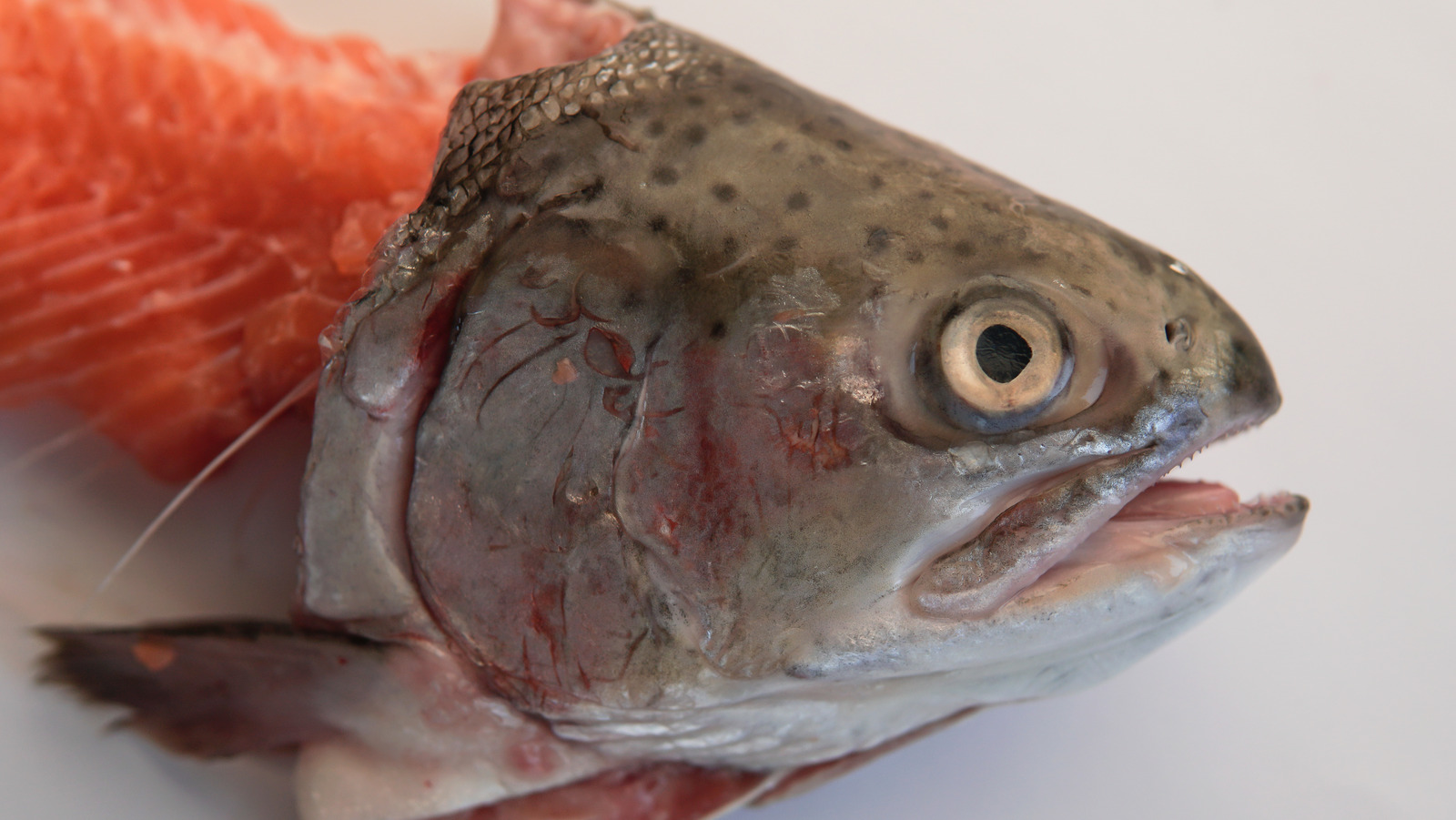Fermentation has been a part of the human diet for millennia. The purpose of the process has always been to improve flavor, preserve food, or both. This technique has led to many like , yogurt, miso, kimchi, and countless others across the globe.
It's also responsible for some powerfully-scented foods like stinkheads, which are basically exactly what they sound like. They could be compared to hákarl, the pungent . An indigenous Alaskan delicacy, stinkheads are the heads of fish (usually salmon) that have been buried and are naturally fermented underground before they are eaten.

As you can imagine, the odor they emit is intense because bacteria break the flesh down in the absence of refrigeration, making the dish one that might be best reserved for foodie daredevils. Stinkheads were a staple in the diet of the Alaskan Inuit and Yup'ik communities. They were mostly prepared in the summertime when salmon numbers were at their highest.
Today, the dish is considered a delicacy and remains an important traditional food for Indigenous Alaskans. The beginnings of stinkheads Alaska is known for its stunning natural beauty, wildlife, and for sometimes being unforgiving when it comes to the weather. Whether native people were utilizing animals to make winter clothing or discovering new ways to keep their fresh food edible during the warm months, they proved brilliant at surviving and thriving.
Utilizing every part of an animal, whether for food, clothing, or shelter, was just one way .
















